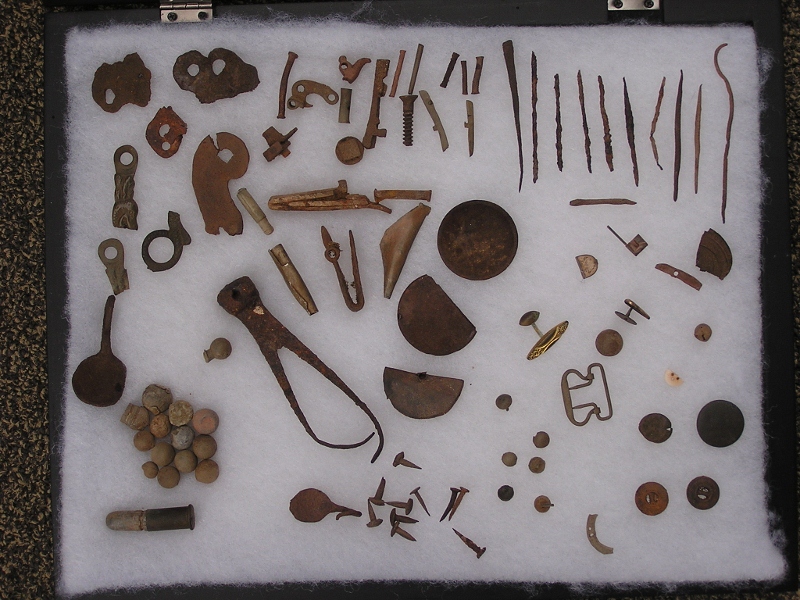Errrrr.....
I hope I don't ruffle any feathers by pointing this out, but I'm pretty sure that after 150 years, the bottom of those posts would be buried in the plant litter and soil instead of sitting cleanly on top of it. Also, the tree which they are perched against would have grown, changed, and moved enough to disrupt the frames in that time period.
Hunters in N. AZ build ground blinds like that every year. They might not last a century, but a couple decades wouldn't be out of the question.
I hope I don't ruffle any feathers by pointing this out, but I'm pretty sure that after 150 years, the bottom of those posts would be buried in the plant litter and soil instead of sitting cleanly on top of it. Also, the tree which they are perched against would have grown, changed, and moved enough to disrupt the frames in that time period.
Hunters in N. AZ build ground blinds like that every year. They might not last a century, but a couple decades wouldn't be out of the question.











 ). My biggest complaint is definitely the superposition issue. A background in geology/sedimentology kinda predisposes me to put a lot of faith in vertical positioning of debris as an indicator of age.
). My biggest complaint is definitely the superposition issue. A background in geology/sedimentology kinda predisposes me to put a lot of faith in vertical positioning of debris as an indicator of age.












Comment